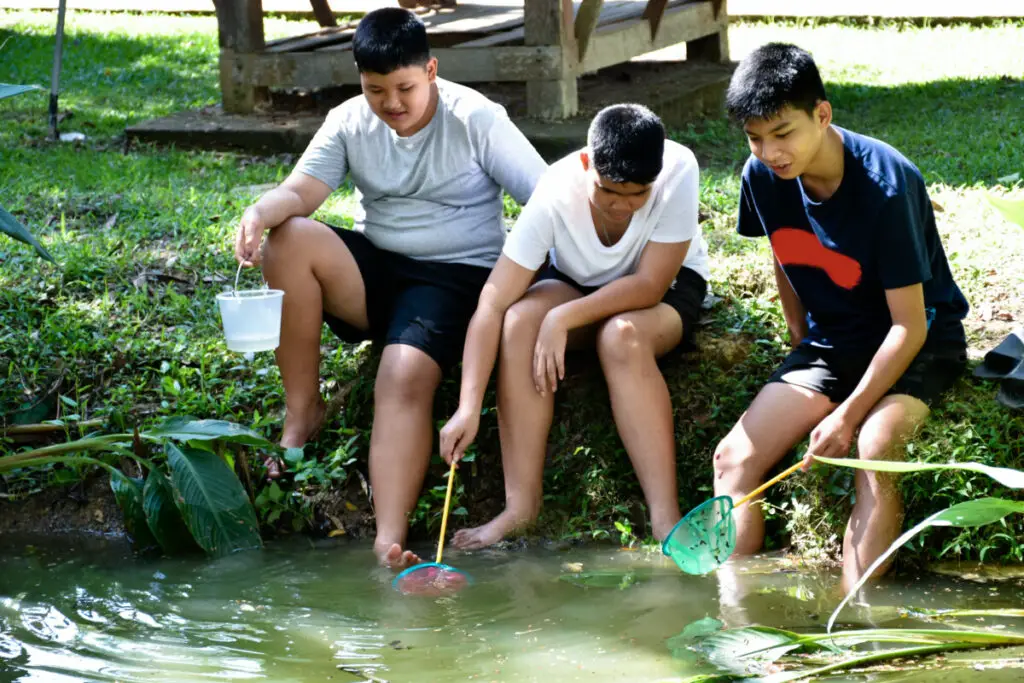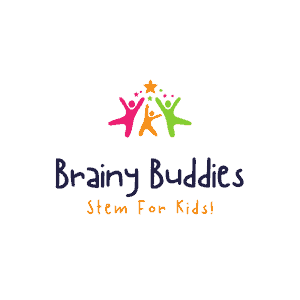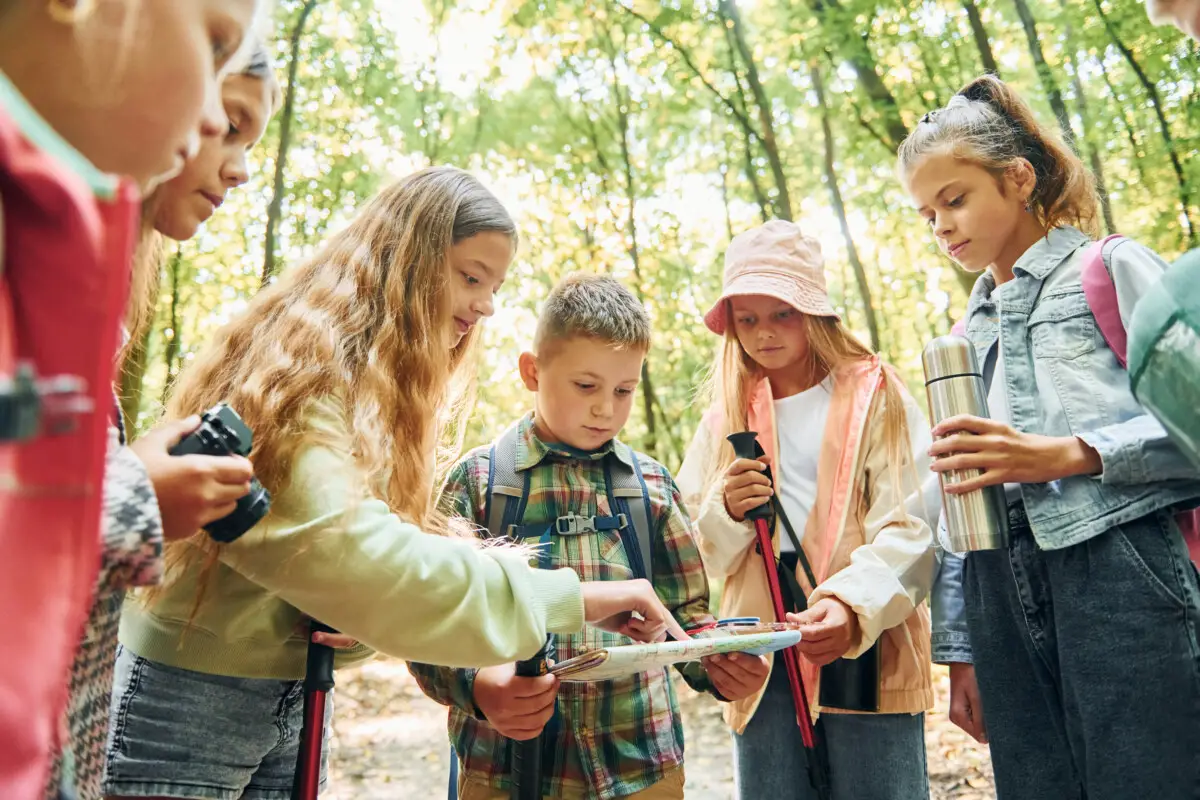Future innovators in training, stand by! Wondering how to turn “ugh, science” into “OMG, that’s So cool!”? Buckle up, parents and educators, because we’re about to crack the code on making STEM learning epic.
Yep, you read that right. Math, science, and technology can be FUN (gasp!)—no more glazed-over eyes or forced textbook memorization. We’re talking hands-on experiments, robot building, and real-world problem-solving that’ll have your kids begging for more.
Why is this important, you ask? Because STEM skills are the rocket fuel for the future! From coding whizzes to green energy champions, the job market craves creative thinkers who can tackle complex challenges. But fear not; traditional teaching methods are getting a significant upgrade. We’re sharing game-changing tips and tricks to transform STEM learning into an unforgettable adventure.
STEM education is essential for children to develop problem-solving skills, critical thinking, and creativity. However, engaging children in these subjects can be challenging if they find them boring or difficult.
So, whether you’re a parent, teacher, or STEM enthusiast, prepare to ignite your child’s inner innovator. Launching them on a journey of discovery, exploration, and endless possibilities is time!
Let’s dive in:
Engaging STEM Activities for Kids

STEM education is essential for children to develop problem-solving skills, critical thinking, and creativity. However, engaging children in these subjects can be challenging if they find them boring or difficult. Here are some engaging STEM activities that can make learning fun for kids:
Hands-On Science Experiments
Science experiments are a great way to engage children in hands-on learning. They can explore the world around them and learn about different scientific principles. Some easy and fun science experiments for kids include making a lava lamp, creating a rainbow, or growing crystals.
Creative Engineering Projects
Engineering projects can help children develop their problem-solving and critical-thinking skills. They can design, build, and test prototypes of different structures and machines. Some fun engineering projects for kids include building a bridge with straws and tape, a balloon-powered car, or a cardboard castle. You can find over 50 outdoor STEM activities for kids here.
Interactive Math Games
Math can be a challenging subject for many children. Still, it can also be fun if presented interactively and engagingly. Math games can help children develop their math skills while having fun. Some popular math games for kids include Math Bingo , Math Jeopardy, and Math Dice. You can find a list of teacher-approved math apps here.
Technology and Coding Challenges
Technology and coding are essential skills for the future, and they can also be fun for kids to learn. Children can learn to code by participating in coding challenges or using coding apps and websites. Some popular coding challenges for kids include Scratch, Code.org, and Khan Academy. You can find a list of coding apps for kids here.
Incorporating STEM into Everyday Life

STEM learning can be made fun for kids by incorporating it into everyday life. Activities can span home, classroom, and real-world STEM connections.
STEM Learning at Home
As a parent, you can create a fun and engaging environment for your child to learn STEM concepts. Math activities like baking, grocery shopping, and budgeting involve measuring ingredients, calculating budgets, and exploring the natural world, enabling children to develop critical math and science skills.
Children can develop critical math and science skills by measuring ingredients, calculating budgets, and exploring the natural world. You can also encourage problem-solving and engineering skills by providing your child with building blocks, puzzles, and other STEM toys.
Classroom Strategies for STEM Education
Teachers can also make STEM education fun by incorporating hands-on activities and experiments into their lesson plans. Providing students with opportunities to explore and experiment fosters a love for STEM learning through building and designing projects, conducting science experiments, and using technology to solve problems.
Connecting STEM to the Real World
One of the best ways to make STEM learning fun is by connecting it to real-world problems. Discussing climate change, pollution, and other environmental issues and brainstorming possible solutions can help students develop critical thinking and problem-solving skills. Inviting guest speakers like engineers and scientists to share their experiences can inspire students to pursue STEM careers.
Wrapping Up
Incorporating STEM into daily life doesn’t just make learning STEM fun, it fosters critical thinking, problem-solving, and a love for discovery. Let’s empower educators, families, and communities to make STEM accessible and engaging, igniting the next generation of innovators.


